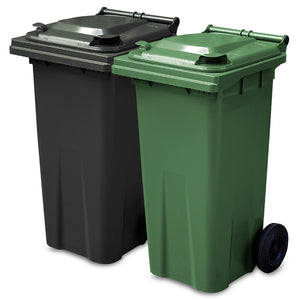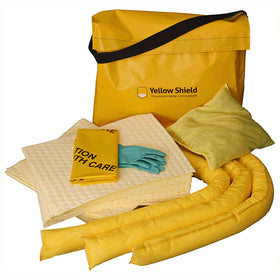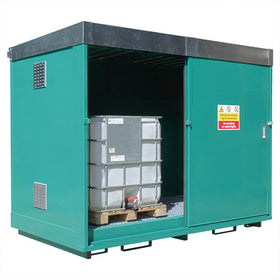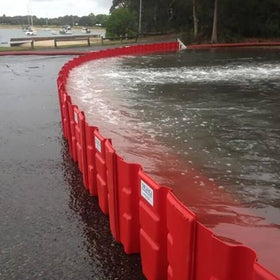Identifying the risk caused by chemicals
Most factories use chemicals on a daily basis. Whilst many of us think of chemicals as things used only in laboratories, chemicals are also present in oils, glues, paints, inks, and household items like bleach and floor cleaner.
Some chemicals are more harmful than others, so you need to know what to do if you have a chemical spillage. Just by having a look at the label on the side on the chemical container, you can find out what dangers are contained within, so you can act accordingly if necessary.
Here is a list of the current symbols used by chemical manufacturers:
• Highly or extremely flammable
• Toxic or very toxic
• Harmful/irritant
• Oxidising
• Corrosive
• Explosive
• Dangerous to the environment
As well as the indicating symbols on the label, there will also be some brief information about the substance within. This might contain information such as:
• Keep locked up and out of the reach of children
• In case of contact with eyes, rinse immediately and seek medical advice
• Toxic to aquatic organisms
• Causes burn
• Flammable
There is of course lots of other information that may be contained on the label and the list above is by no means exhaustive.
It’s important to remember that it’s not just the chemical manufacturers that have to give safety advice about their chemicals. If any chemical is used in your workplace, your manager or supervisor must make sure that employees are aware of how to use the chemical safely and how to use chemical spill kits if they are provided.




